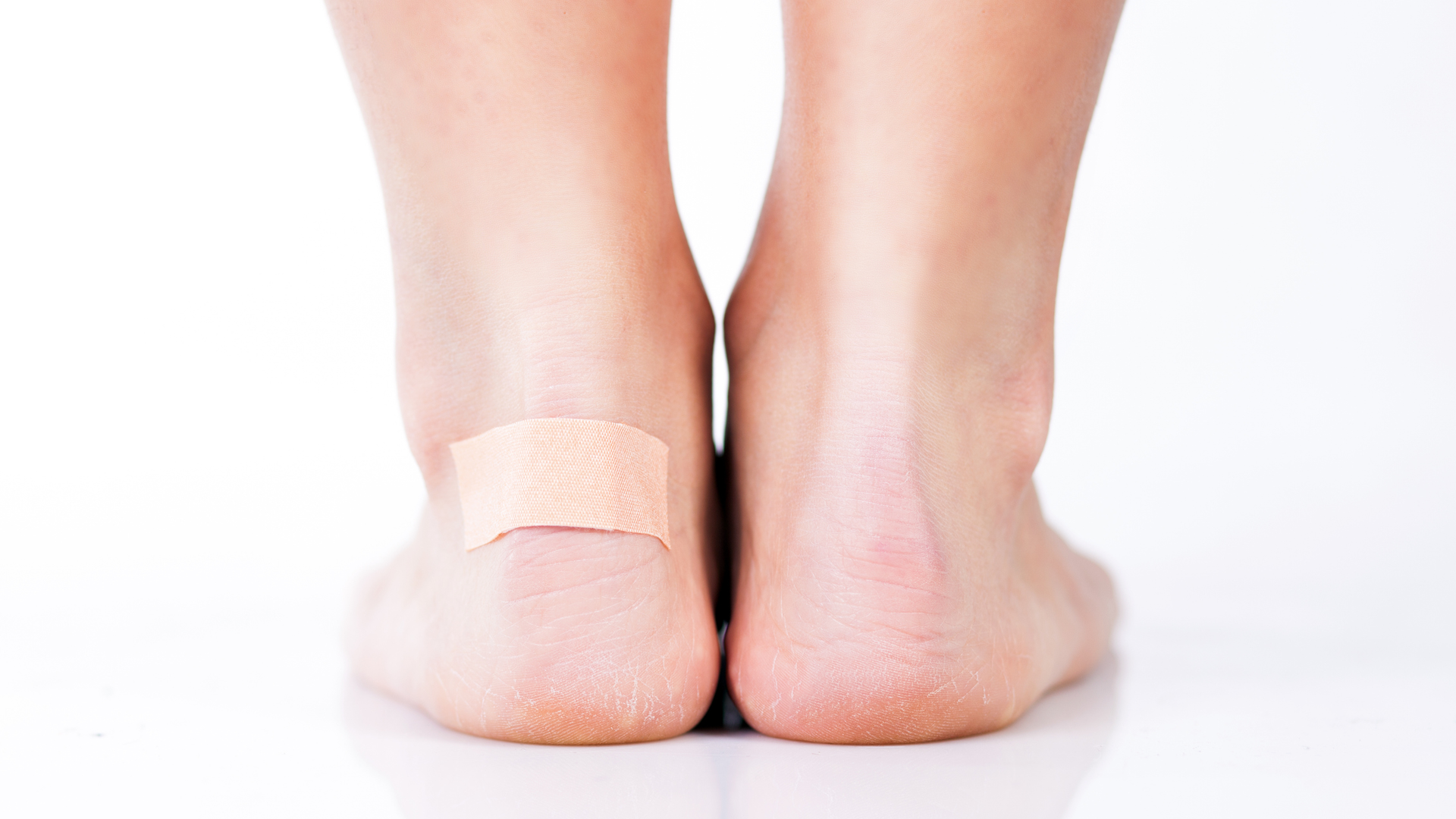Whether at work, when hiking or simply in everyday life: blisters on the foot are a common, often painful problem. They usually occur when you least expect them - and they can turn every step into a burden. But with the right knowledge, blisters can not only be treated, but above all prevented.
What exactly is a blister - and how do they form?
Blisters are caused by mechanical friction on the skin. If shoes or socks rub repeatedly over a certain area of the foot, the top layer of skin (epidermis) separates from the underlying tissue. The body reacts by storing protective fluid - the typical, transparent blister develops.
What initially appears harmless can quickly lead to pain, inflammation or even wound infections when under stress. It becomes particularly dangerous if the skin tears and dirt or bacteria penetrate.
The most common causes at a glance
Blisters are usually caused by a combination of pressure, friction and moisture. Typical triggers include
Inappropriate footwear: new shoes that are too tight or too wide cause unnecessary friction.
Incorrect socks: Synthetic material, hard seams or folds in the fabric encourage chafing.
Long walking distances: The strain can be too much, especially in shoes that have not been sufficiently broken in.
Moisture & sweat: Soft, swollen skin is much more susceptible to friction damage.
Rough terrain: Steep ground or coarse gravel exert punctual pressure - a risk factor for blisters.
Effectively prevent blisters - here's how:
With the right preparation, blisters can be avoided in many cases. Pay attention to the following measures:
1. shoes with a perfect fit
It is important to wear well-fitting, well-worn shoes that give the foot stability without pinching or slipping. For longer periods of strain - e.g. during physical labour - we recommend safety shoes with an ergonomically shaped footbed, soft padding and breathable materials.
2. the right socks
High-quality, seamless socks made from breathable materials noticeably reduce friction. Double-layer models or special running socks offer additional protection.
3. preparing the skin
If you are prone to blisters, you can make your skin more robust by regularly walking barefoot, taking cold foot baths or rubbing in deer tallow. Baby powder or anti-friction sticks also help to improve the skin's ability to glide.
4. prophylactic plasters
The preventative use of blister plasters is particularly worthwhile in known "problem areas" such as the heel, outer toes or balls of the foot. They reduce localised friction and protect sensitive areas of skin.
If it does happen: What to do if you have a blister?
Small blisters without symptoms:
If possible, leave them alone, keep them clean and protect them with a plaster.
Larger or painful blisters:
Only open carefully with a sterile needle on the side, allow the liquid to drip off, do not remove the skin. Then treat with disinfectant and cover with a sterile dressing.
Warning signs of infection:
If the blister is red, swollen, warm or oozing pus, it is probably an infection. In this case, it is advisable to see a doctor.
Care tips for afterwards
-Your feet will thank you if you do something good for them after prolonged exertion:
-Nourishing creams with urea or deer tallow strengthen the skin's protective barrier.
-Foot baths with camomile or sage have a calming and anti-inflammatory effect.
-Allow air to reach the feet - especially after wearing closed safety shoes.
Conclusion: Preparation is the best blister protection
Blisters are usually caused by friction - good footwear, suitable socks and foresighted care are the best protection against them.
And if it does happen: react quickly, treat it properly - and don't lose heart.

